Nikon D5600 Review - Nikon D5600 – Performance, Image Quality and Verdict Review
Nikon D5600 – Performance, Image Quality and Verdict
Nikon’s latest intermediate-level DSLR is put to the test
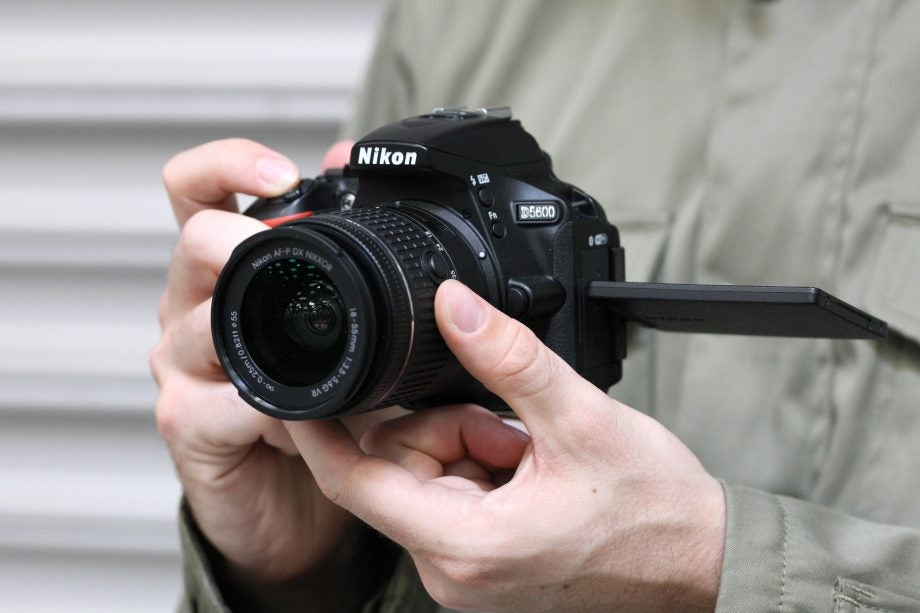
Sections
- Page 1 Nikon D5600 Review
- Page 2 Nikon D5600 – Performance, Image Quality and Verdict Review
Nikon D5600 – Performance
The D5600 is equipped with a slightly larger-than-average 3.2-inch rear display – all its main rivals sport 3-inch monitors. This is of the side-hinged, vari-angle design that allows you to position the screen at just about any angle you can think of, as well as fold it in towards the camera for added protection. Above the display the D5600’s optical viewfinder provides a bright and clear view of 95% of the frame, with key shooting information displayed directly below.

Nikon AF-P DX 18-55mm f/3.5-5.6G VR, 1/30sec at f/8, ISO 100
Autofocus is taken care of via Nikon’s Multi-CAM 4800DX module and employs 39 individual AF points, including a block of nine cross-type AF points in the centre. This works extremely well and is certainly a step up from the 11-point AF system of the cheaper D3400, delivering speedy and accurate phase-detection autofocus through the viewfinder.

Nikon AF-P DX 18-55mm f/3.5-5.6G VR, 1/200sec at f/8, ISO 100
While the D5600’s live view AF isn’t as lightning-fast as the Dual Pixel AF technology that underpins the Canon EOS 800D, it’s not far behind and still impressively quick. The new 15-55mm AF-P kit lens is also silent when focusing, which means there’s no sound to be picked up when shooting video.
With its maximum burst speed of 5fps, continuous shooting isn’t a key strength of the D5600. In fact, all its rivals can shoot slightly faster, even if it’s only by an extra frame in the case of the Canon EOS 800D and Pentax K-70.

Nikon AF-P DX 18-55mm f/3.5-5.6G VR, 4secs at f/5.6, ISO 400
Perhaps more tellingly, the D5600 also falls behind the competition when it comes to how many consecutive frames can be captured before the frame rate drops below 5fps. With a 16GB SanDisk Extreme Pro Class 10/U3 SDHC card inserted, I was only able to record 10 consecutive raw images at 5fps, while for raw+JPEG the figure dropped to just five frames. By way of comparison, the Canon EOS 800D can shoot 25 consecutive raw files and around 22 raw+JPEG. Nikon definitely needs to catch up here with its next revision.
Nikon D5600 – Image quality
Resolution
JPEGs shot at ISO 100 return a figure of 3300l/ph, while their manually processed raw counterparts are capable of resolving almost 3700l/ph. For JPEGs, resolution remains at or above 3000l/ph until a credible ISO 1600, although it’s possible to eke out 3000l/ph or more from raw files right up to ISO 6400.
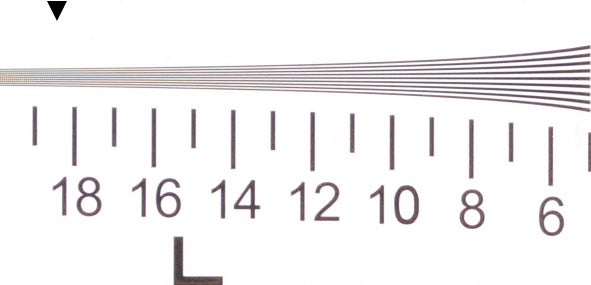
Nikon D5600 raw ISO 100, Multiply the number below the line by 200 for the resolution in lines/picture height
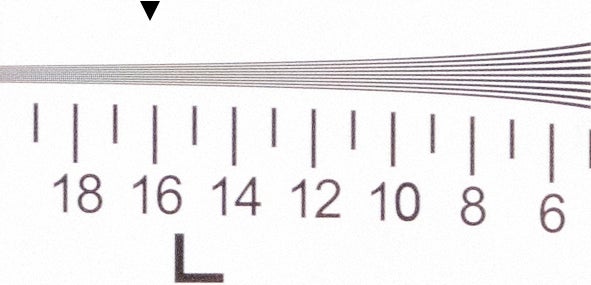
Nikon D5600 raw ISO 1600, Multiply the number below the line by 200 for the resolution in lines/picture height
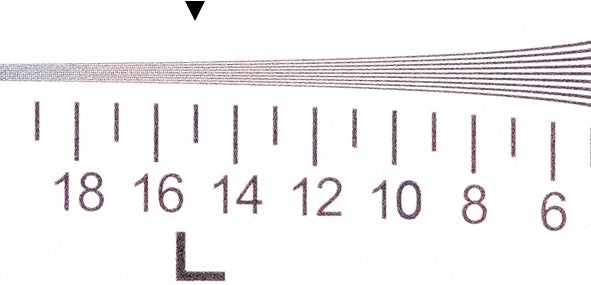
Nikon D5600 raw ISO 6400, Multiply the number below the line by 200 for the resolution in lines/picture height
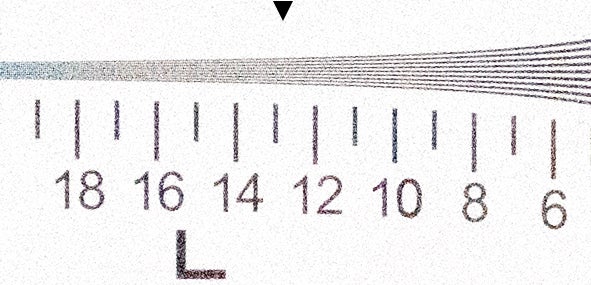
Nikon D5600 raw ISO 25,600, Multiply the number below the line by 200 for the resolution in lines/picture height
Dynamic Range
At lower sensitivity settings, results hover 0.5EV to 1EV ahead of the D5600’s main rivals. Dynamic range remains above 12EV until ISO 800, where it drops to 11.1EV. The trade-off for low-sensitivity dynamic-range performance appears to come at the cost of high ISO dynamic-range performance, though, which generally lags behind that of its competitors.
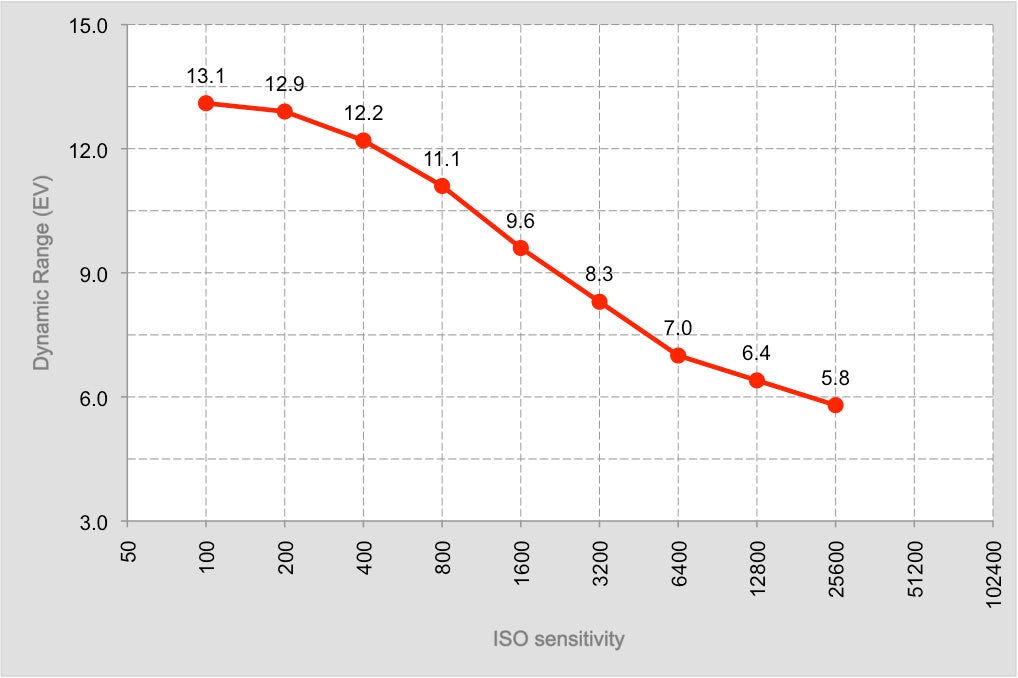
Noise
At lower sensitivities there’s little difference between JPEGs and manually processed raw files in terms of detail and sharpness. By ISO 800, the effects of in-camera JPEG noise-reduction smoothing leads to the loss of some detail, whereas this can be retained with raw files. This is even more apparent at ISO 1600, where JPEGs display a marked loss of fine detail.
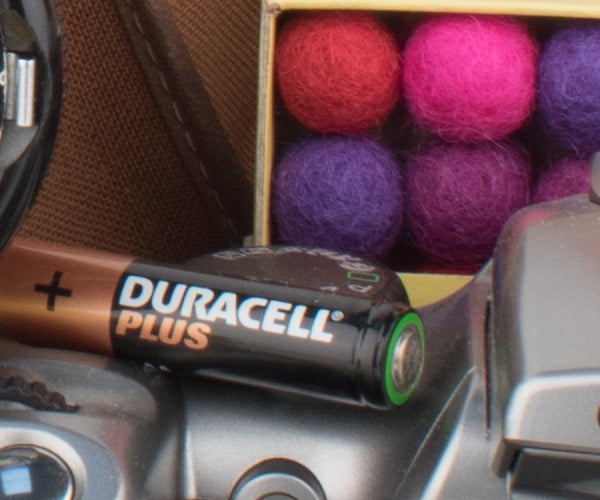
Nikon D5600 raw ISO 100
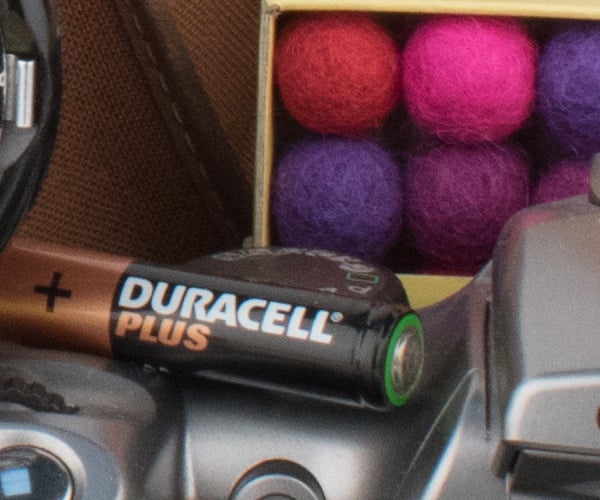
Nikon D5600 raw ISO 400
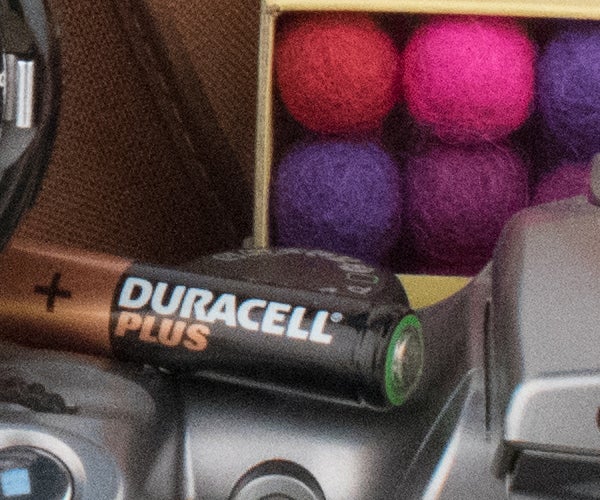
Nikon D5600 raw ISO 1600
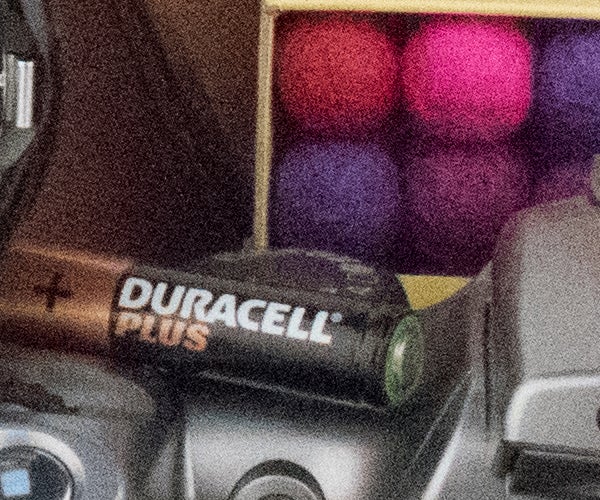
Nikon D5600 raw ISO 6400
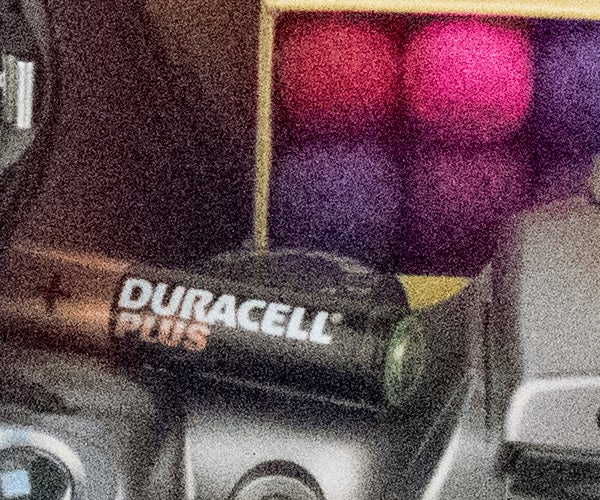
Nikon D5600 raw ISO 12,800
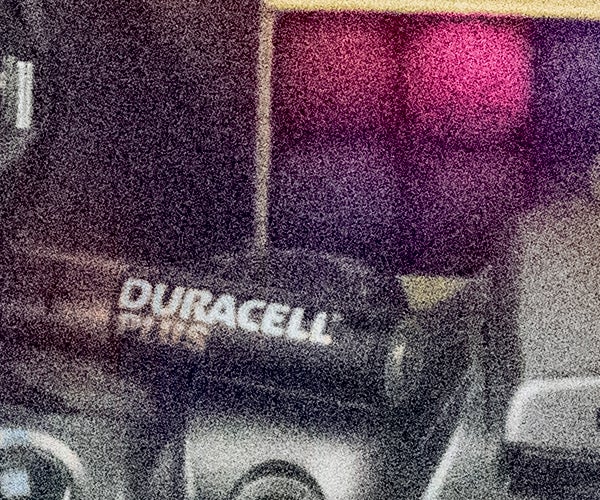
Nikon D5600 raw ISO 25,600
Should I buy the Nikon D5600?
While the D5600 doesn’t redefine what can be expected from an upper entry-level DSLR, it nonetheless builds upon the firm foundations of previous models in the line to deliver a good range of features, intuitive handling, decent performance and very good image quality at a highly competitive price.
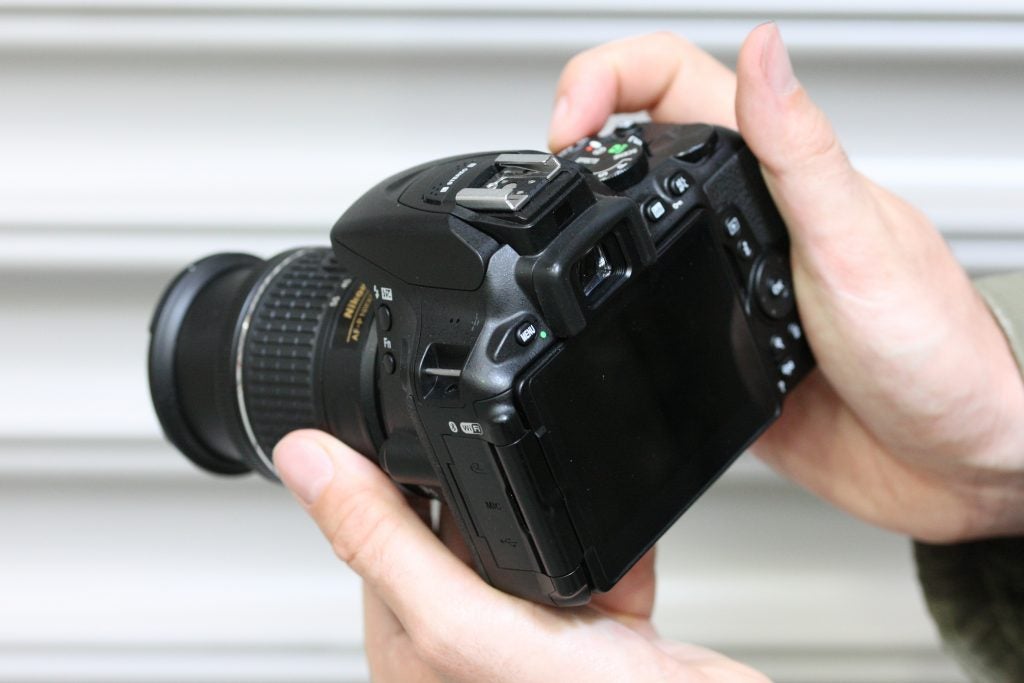
Image quality is very good indeed, with punchy JPEGs featuring accurate colours. If I have one small criticism it’s that the metering tends to prioritise highlights over shadows, which can lead to slightly dark-looking JPEGs when shooting in bright sunlight. In all other respects, though, image quality is very good, with higher-sensitivity performance being a notable strength. It’s possible to get good results right up to ISO 6400 – especially if you’re prepared to put in a bit of time in Adobe Lightroom.
Verdict
The D5600 is an evolutionary model rather than a revolutionary one. It’s a very good camera in its own right and holds up well against the competition. Factor in its competitive pricing and I have no hesitation in recommending it.
Trusted Score
Score in detail
-
Value 8
-
Design 8
-
Features 8
-
Image Quality 8
-
Build Quality 9
-
Performance 8


